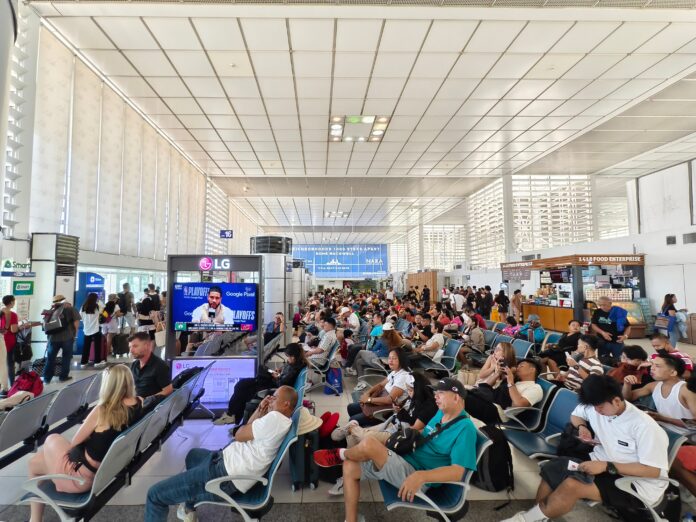Foreign tourist arrivals to the Philippines between January and November reached 5.35 million, marking a 9.5% year-on-year increase, according to the Department of Tourism (DOT). The growth was largely driven by double-digit increases in visitors from key Asian economies, including China, Japan, and South Korea.
However, despite the rise in foreign visitors, the Philippines is still poised to miss its ambitious target of 7.7 million tourist arrivals for the year.
With December being one of the peak months for tourism, the country is likely to surpass last year’s total of 5.45 million, but will fall short of the goal set by the DOT.
South Korea remains the largest source of foreign tourists, contributing 1.44 million visitors by the end of November, a 10% increase. This accounts for 27% of the total foreign arrivals. The United States follows as the second-largest market, with 839,635 visitors, though the growth from the U.S. is modest at just 3.8% year-on-year.
Tourist numbers from Japan and China showed impressive growth, with Japan up 28% to 352,630 visitors, and China increasing by 22% to 297,604.
Meanwhile, outbound Filipino residents reached 6.2 million, with Hong Kong, Singapore, Japan, the United Arab Emirates, and Saudi Arabia being the top five destinations. These countries are popular due to the significant presence of Filipino migrant workers.
While the growth in foreign tourist arrivals is encouraging, the Philippines is still facing challenges in meeting its tourism goals, highlighting the ongoing struggles of the sector despite winning accolades at the recent World Travel Awards.
The awards included those that cited the country World’s Leading Dive Destination, Manila as the World’s Leading City Destination for a second time, and Boracay as the World’s Leading Luxury Island Destination.







